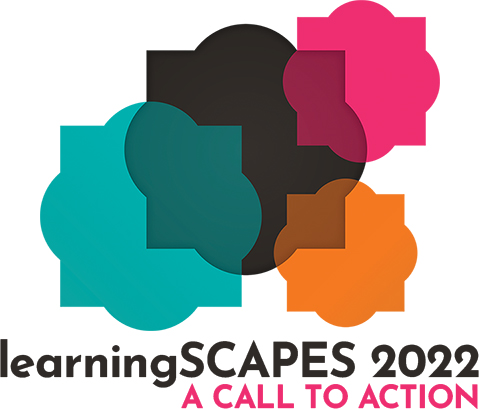 | 1.5 LU / HSW |
 | 1.5 LU / HSW |
Trauma-Informed Design revolves around design of the built environment that is rooted in equity and empathy toward all occupants of the space. It is a concept that is rapidly gaining traction in the design industry and beyond, and it is important that designers can understand and thoughtfully apply Trauma-Informed Design principles in conjunction with other project criteria. It is a concept that clients are seeking out, looking to designers to approach their projects through the lens of Trauma-Informed Design to positively impact users. We must recognize the impact of the spaces we design on occupant well-being and emotions and respond by designing supportive and healing environments to resist the impacts of trauma that all people have experienced in some way. This session will dive into the history and principles behind Trauma-Informed Design to understand what it is and why it matters. We will then explore ways in which Trauma-Informed Design principles can be integrated into project visioning and process. Rise Early Learning, an affordable early-childhood program, will be presented as a case study to show how incorporating Trauma-Informed Design principles into the design process can help to engage community, shape design solutions, and lead to better project outcomes.
Learning Objectives:

Heidi brings a combination of commitment, drive, and sensitivity to each project. She is adept at leading immersive workshops, engaging with clients and user groups, to transform their vision and needs into active environments for learning. Heidi is leading conversations across the country based on her research of the key design components that contribute to safety and security of inclusive restroom design. Heidi is the 2018 recipient of the AIA Minnesota Young Architect Award.

Hailey is an interior designer in Cuningham’s education studio. Her attention to detail and passion for design inspire her to create unique and innovative learning environments. She’s involved in every level of the design process, from concept through completion, providing clients and users with exceptional service. Hailey is one of Cuningham’s four WELL-accredited professionals, providing insightful design solutions that benefit occupant health and well-being. She is the interior designer for Sartell High School, Rock Ridge High School, and Rise Early Learning.

As a Research Specialist for the Design+Performance group at Cuningham, Dustin’s work includes a wide range of research and development activities aimed at improving our practice and better understanding the needs of our clients. This work ranges from collecting and analyzing data, to writing literature reviews and research summaries, and building computational tools. His research in planning/programming practices, pre- and post-occupancy evaluation, enhancing digital practice, and regenerative design are used to inform and encourage future forward practices in all of our work to increase the impact of design for our clients and the communities they serve.

The built and natural environments have profound impacts on our behaviors both for better and worse. How do we cultivate a sense of place for better? How might the built and natural environments be made to enhance teaching and learning? How might school buildings and grounds foster a sense of community by reflecting those they serve?
Primary Core Competency
Educational Visioning: Exhibits an understanding of best and next practices related to educationalleadership, programming, teaching, learning, planning and facility design. Establishes credibility with educators, community members and design professionals while conceiving and leading a community-based visioning process. Demonstrates the ability to articulate the impact of learning environments on teaching and learning and uses that ability to facilitate a dialogue that uncovers the unique needs and long-range goals of an educational institution and its stakeholders – translating that into an actionable written/graphic program of requirements for the design practitioner.